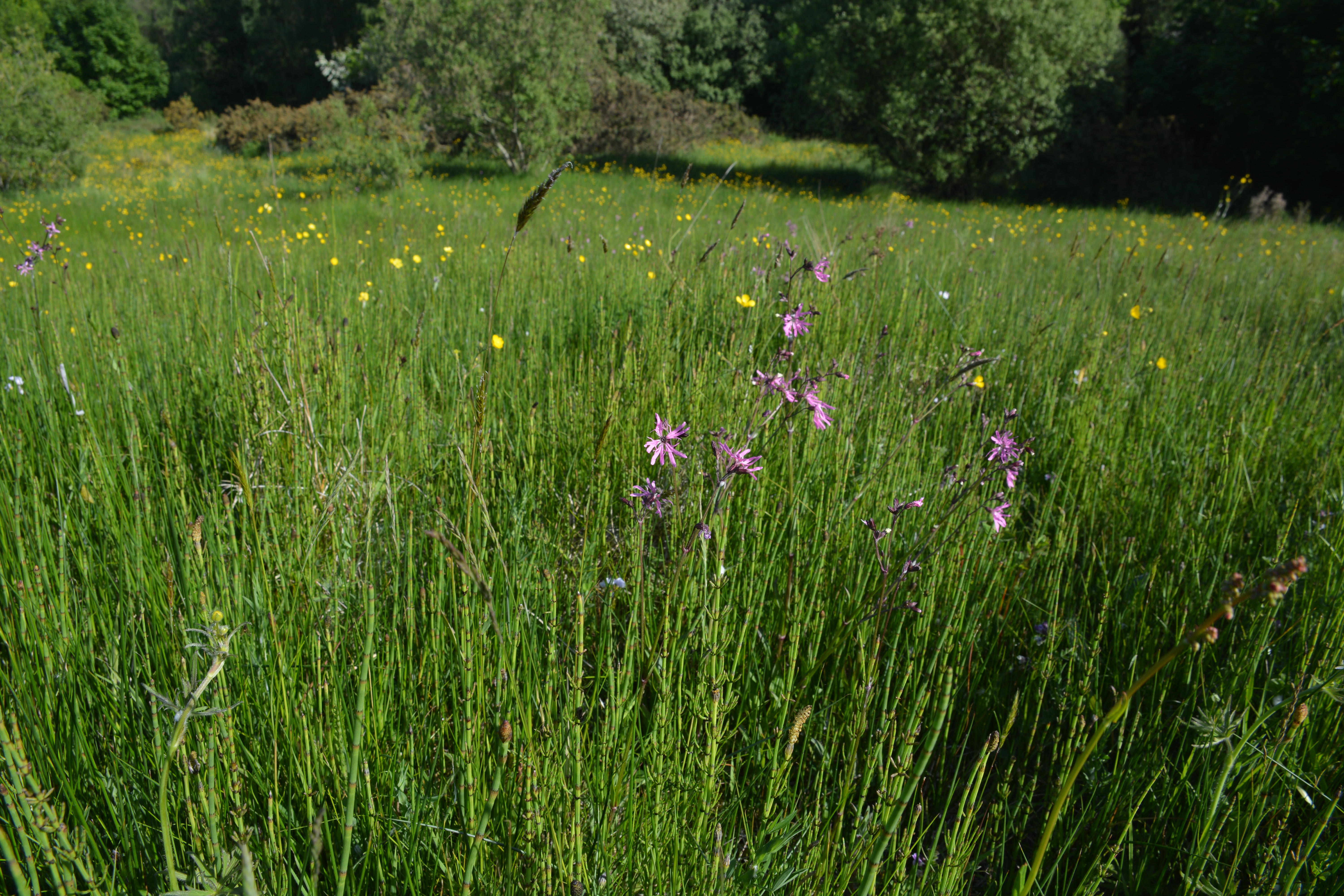

Location: Along the Towpath, just south of Cutters' Wharf - a 20-30 minute walk from the city centre
managed by Belfast City Council
This site is an excellent example of damp species-rich grassland in Belfast. It has been traditionally grazed by cattle which maintain the short sward and disturbance needed by many of the species found here. As of 2022 grazing has stopped and so the species that make this place special are threatened.
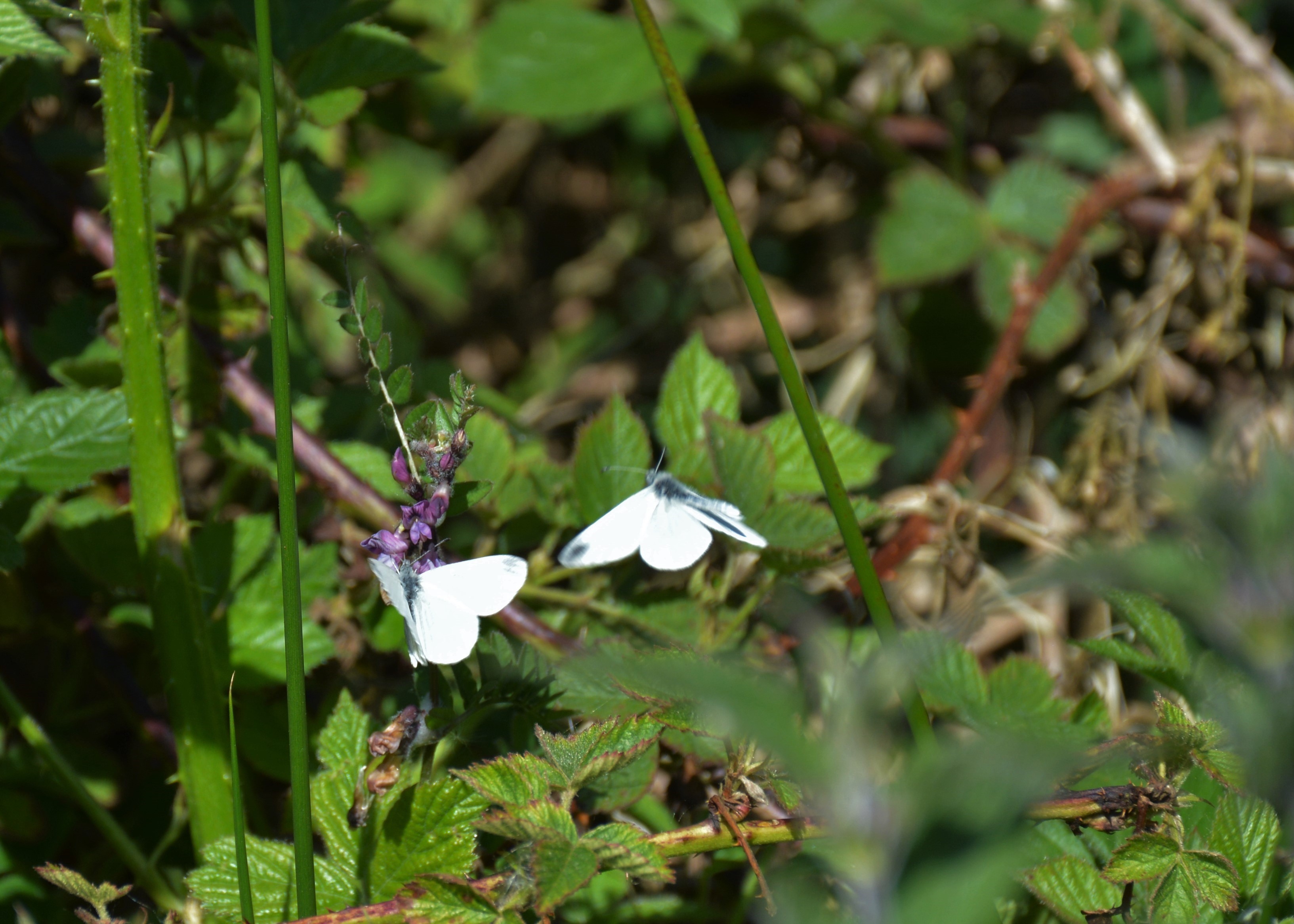
June 2021 A male Wood White courting a female. The first stage involves the male chasing the female in flight. She then lands, here on a favourite nectar plant - Bush Vetch (Vicia sepium). The male continues to hover above her, and then attempts to land, moving onto the next stage of courtship (see below).
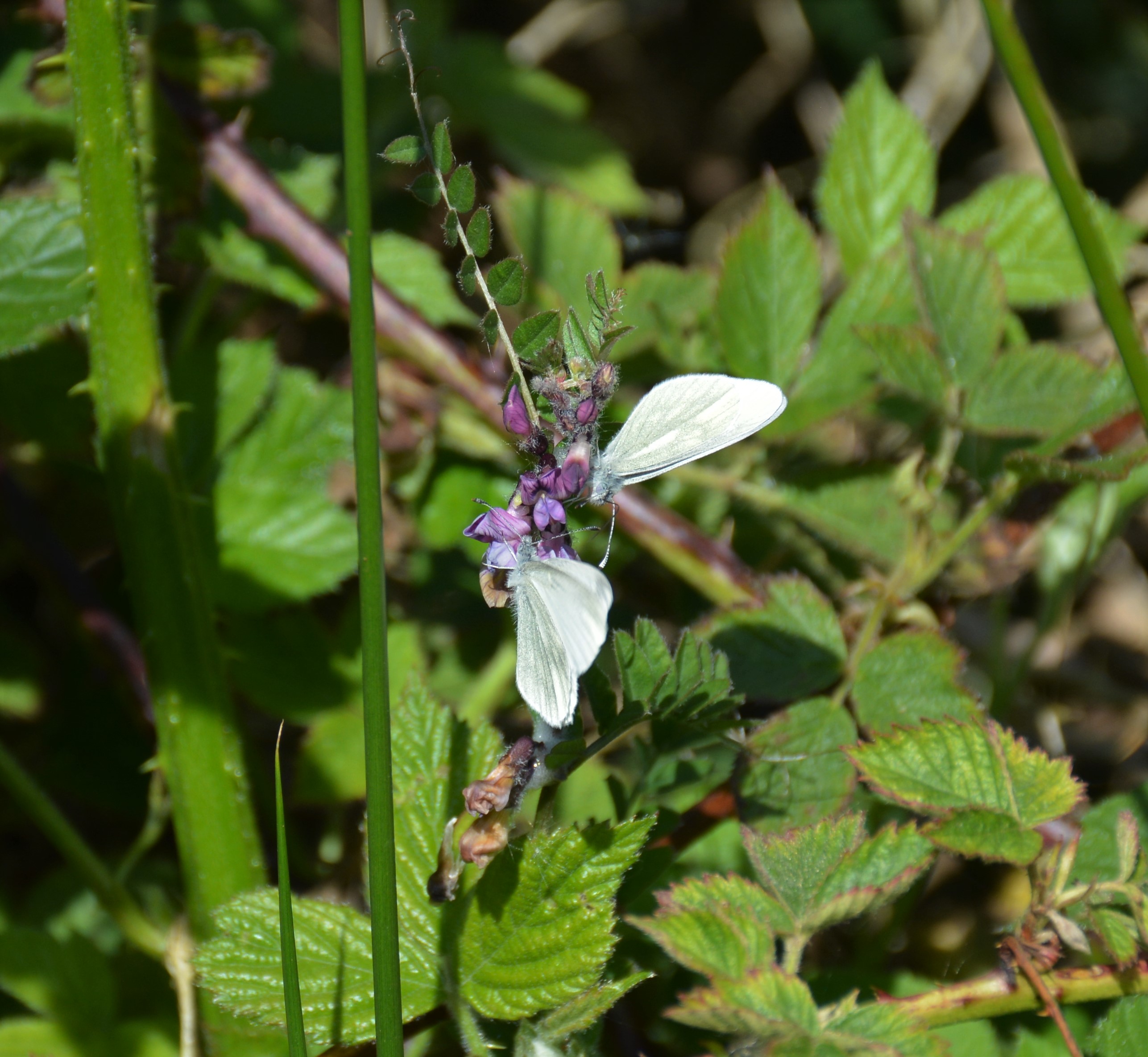
June 2021 The male lands and extends his proboscis. The female may fly off at this stage, and the male may chase her many times before he gets the chance to court.

May 2020 A pair of Wood Whites courting. The male waves his extended proboscis on either side of the female in an attempt to woo her. They are again sitting on Bush Vetch.
May 2020 A video of two pairs courting. In both, the female rejected the male. This is probably because she had already mated.

December 2021 A linocut print I made inspired by the Wood Whites I saw over lockdown.
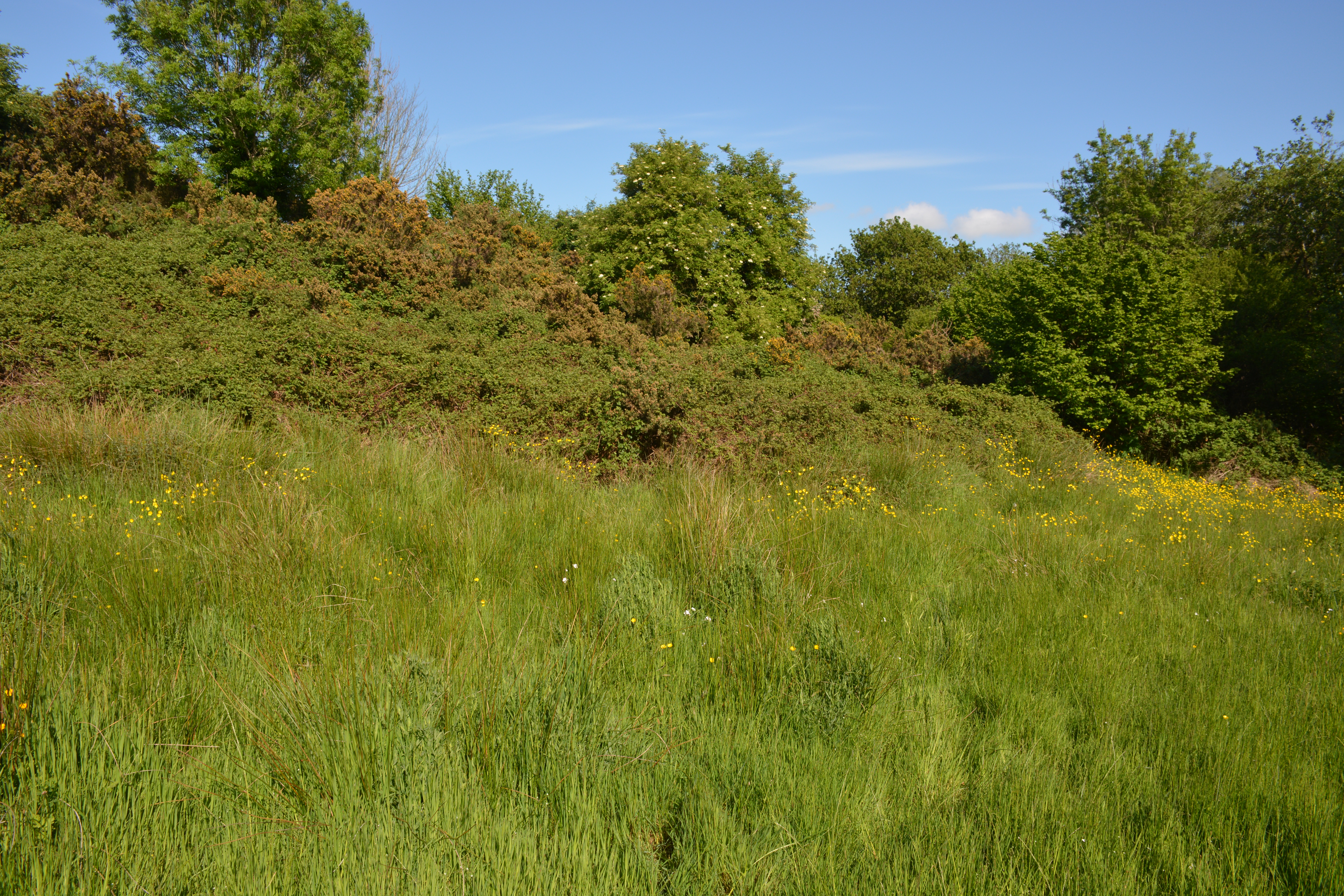
June 2021 The damp flushes towards the river in the northern part of the meadows are a good spot to see damselflies and Wood Whites.

June 2021 A damp flush on a hill is a colourful sight with Ragged Robin and Buttercups amongst dense Horsetails (Equisetum sp.).

May 2021 A short, dampish species-rich sward. Try to spot Devil's-Bit (Succisa pratensis), Lousewort (Pedicularis sylvatica), both White and Red Clover (Trifolium repens and T. pratense) and Wood-Rush (Luzula sp.).
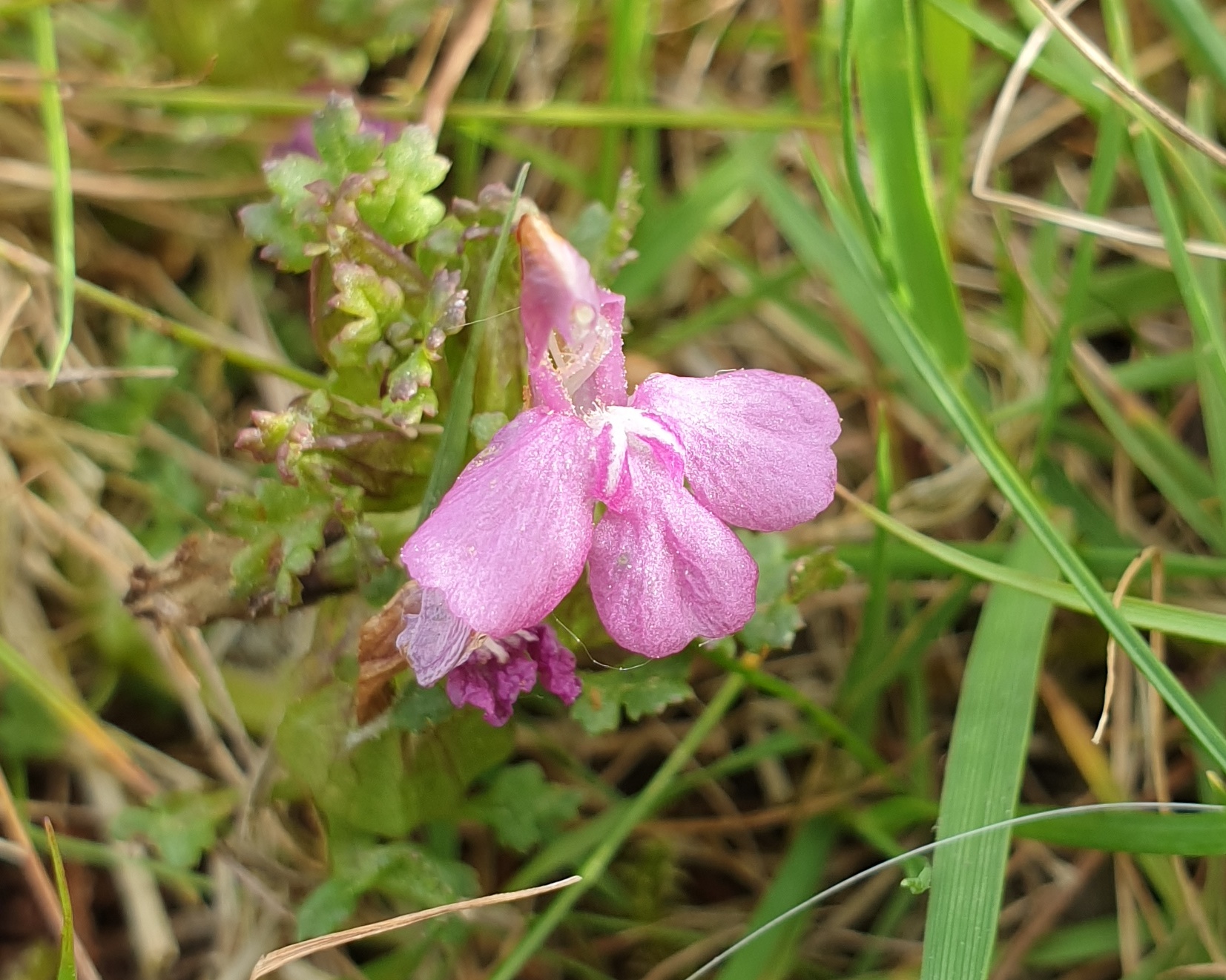
May 2020 Lousewort is a small, colourful hemiparasite in the shorter damp swards. It gains some of its nutrients by stealing from the root systems of other plants. It is now threatened at the site by lack of grazing and I have not seen it since 2021.
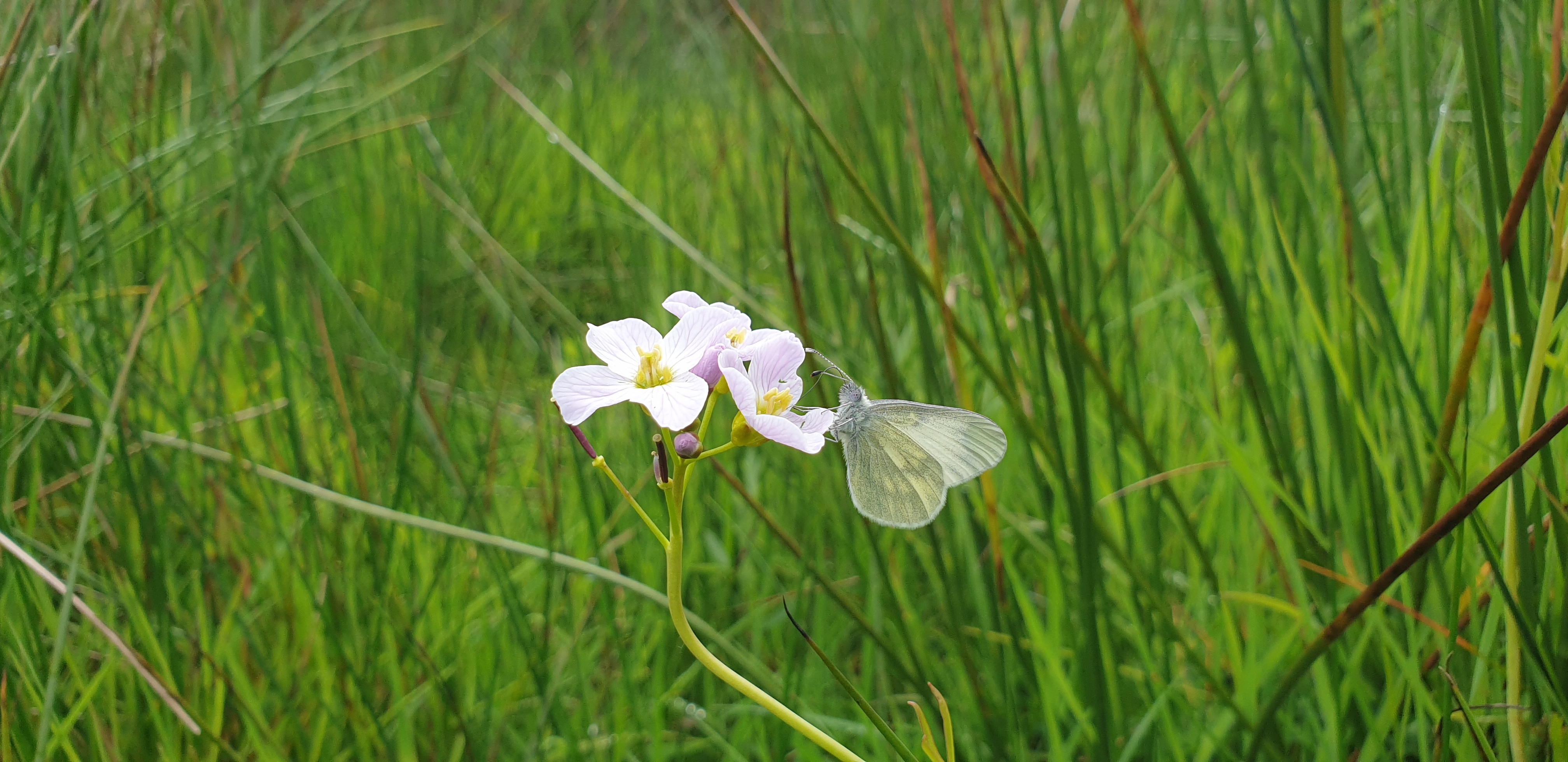
May 2021 A Wood White nectars on Cuckooflower (Cardamine pratensis) in a damper part of the meadows.
May 2021 Marsh Marigold moths (Micropterix calthella, aka the Plain Gold), swarm in a buttercup. These moths eat pollen and are abundant at Lagan Meadows.
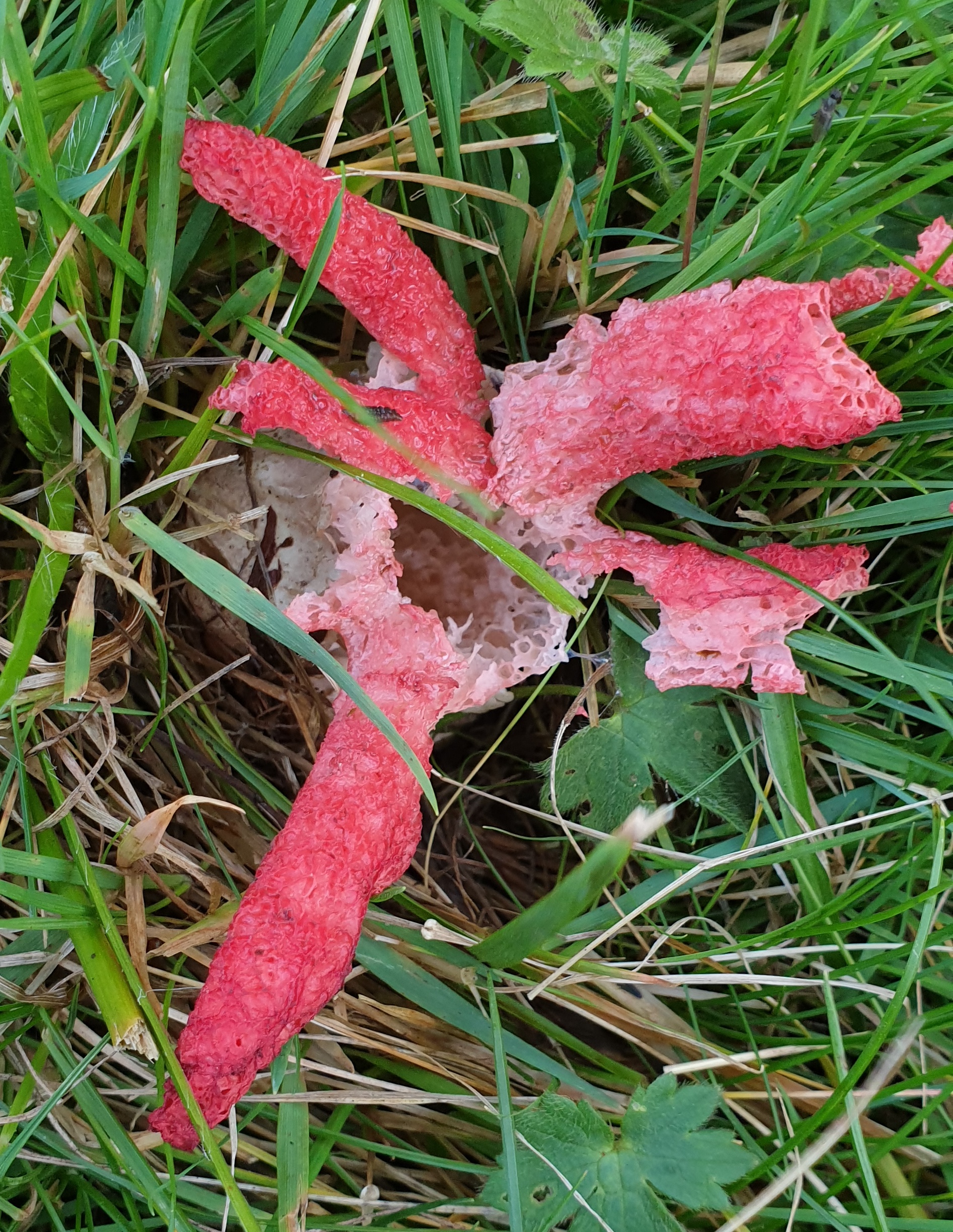
October 2020 A slightly old example of Devil's Fingers (Clathrus archeri), a non-native stinkhorn species. The spores of this fungus are spread by flies, which are attracted by the awful smell. It probably came to Europe on shipments from Australia or New Zealand during WW1.

April 2020 A mining bee (Andrena sp.). These are extremely abundant on the dry sandy soil at the top of the northern meadows. They are active in Spring and Summer and each female digs a hole, where she lays eggs with pollen for the developing larvae.

April 2020 Small pools appear in the Winter and Spring, often where cattle have dug up the ground. These provide a habitat for water plants like Ivy-Leaved Water Crowfoot (Ranunculus hederaceus).
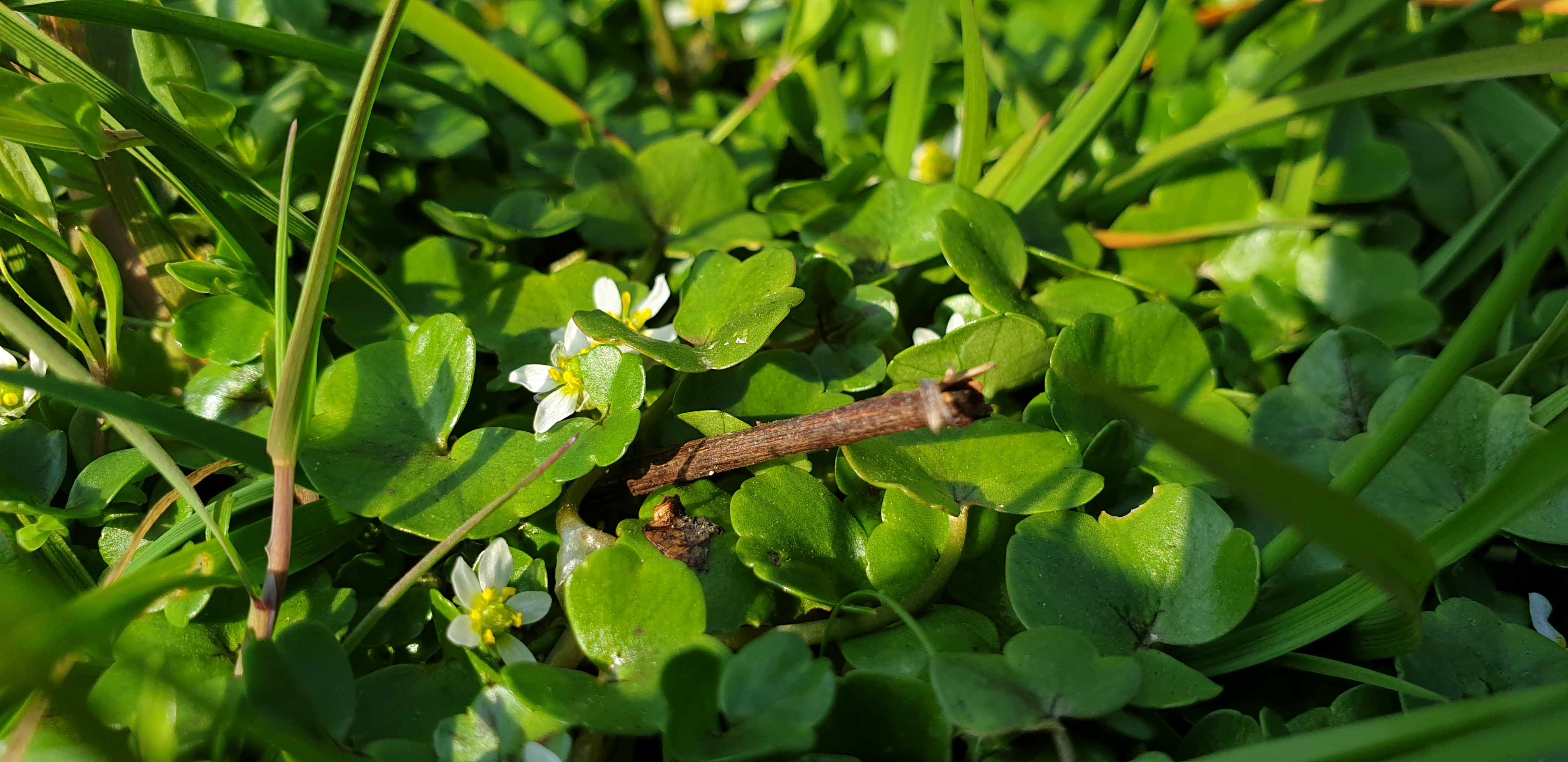
April 2020 Ivy-Leaved Water Crowfoot grows on damp mud where cattle have disturbed the ground. As of 2022 grazing has stopped and I have not seen this plant since 2020.